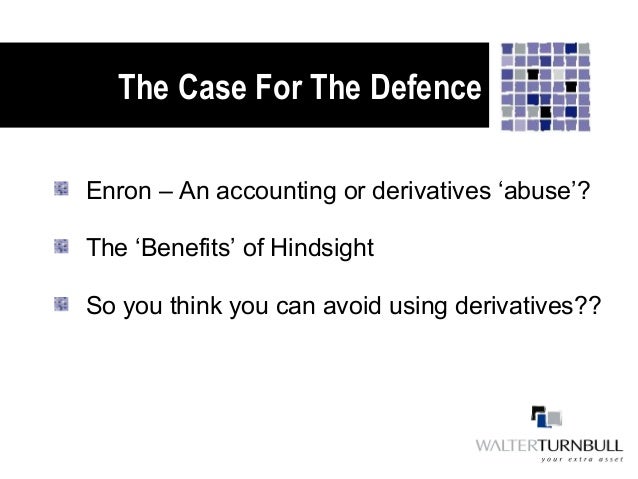
The problem occurs when these instruments come together to create other synthetic products which are then sold to the investment market ( carrying a low perceived risk) and ( often) used as collateral against other leveraged investments. This would be a perfectly rational ( and valid) risk transaction. A counterparty could also, legitimately, create a risk-management instrument for this ( a credit derivative such as a CDS) to protect the bank ( or the buyer of the instrument) against a default in those debts. A bank could, for example, legitimately pool their mortgage debt together into an instrument to sell in the market. Within the financial markets, a range of ( now well-known) instruments exist based around risk. We frequently see acts of public aggression via the M&A markets in particular, but in general- this is a silent ( albeit incredibly costly) battle. A diverse range of interconnected participants ( funds, banks, sovereign actors) engage in a constant war to ‘de-risk’ the theatre- isolating points of risk and defending them. While some nations do possess “ first strike” capability (a country’s ability to defeat another nuclear power by destroying its arsenal to the point where the attacking country can survive the weakened retaliation while the opposing side is left unable to continue war) the main purpose of the arsenal is purely defensive as neither party would, in theory, wish to engage in a war that would ( in all likelihood) irrevocably destroy the majority of their countries- incredibly quickly.įinancial markets provide a theatre similar to the nuclear environment. One could argue the ethics of possessing devices with such an existential threat capability, but the fact remains, that for most military countries- nuclear weapons are a ‘risk-manager’. Larger weapons (as held by ‘nuclear weapons states’ under the non-proliferation-treaty) could not only level a city, but create earthquakes, life-threatening injuries out to almost a hundred kilometres, and render the blast area uninhabitable for many decades. Every participant ( a participant being a nation who openly, opaquely, or otherwise have nuclear weapons capability) knows their weapons capability acts as the ultimate defensive posture, insofar as even the smallest of modern nuclear devices has adequate yield and range to destroy a city.

Unlike any other defence environment, the theatre of nuclear war exists in a state of near-permanent checkmate. Such aggressions have been frequently used throughout history to defend ideas, ideologies and territories- but more recently, economies. This process is experimental and the keywords may be updated as the learning algorithm improves.At a very fundamental level, war is about defending against a perceived or actual threat.

These keywords were added by machine and not by the authors. Debt creation and buying and selling of debt are simply continual transfers of real claims over commodities and services from surplus-spenders to deficit-spenders and vice versa through a complicated system of creation of financial assets or different forms of IOUs or financial instruments and complex institutions of the debt market and sub-markets for marketing different grades of risk-income profiles. It also provides a mode of wealth-transfers and increasing individual or group purchasing power through credit or debt creation in reconciling conflicts between the deficit and surplus spenders in the real sector. Additionally, it provides the service of real-value storage for real-value claims through the creation of financial assets.

The connection reveals itself in the framework where the financial sector’s output goes to support the real income distribution and lubricate the exchange flows of goods and services. To follow and appreciate the complexity of the financial-paper game and the corresponding rent-seeking activities, we must keep in mind that the political economy is such that the two sectors are connected to define the production-consumption process. The previous chapter ended up with the nature of a money-managed economy and the financial-paper game.


 0 kommentar(er)
0 kommentar(er)
